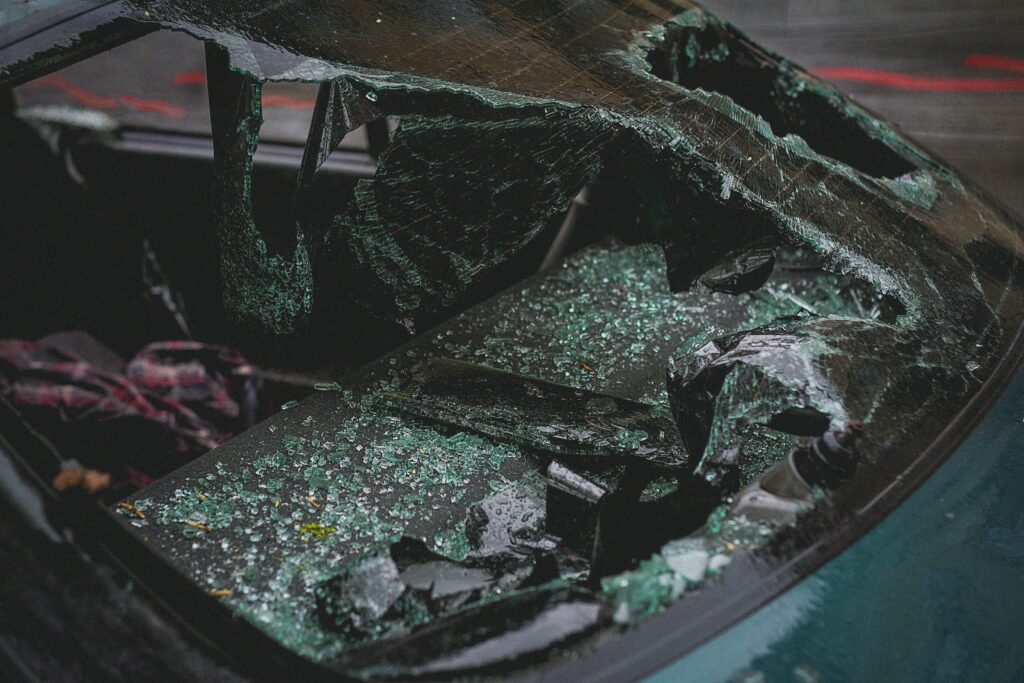Car accidents are rarely black and white. In many cases, both parties share some level of responsibility. That’s where comparative negligence comes into play. If you’re injured in a car accident in California, understanding how fault is divided and how it affects your compensation can make or break your case.
What Is Comparative Negligence?
Comparative negligence is a legal doctrine used to determine how fault is shared between parties in an accident. California uses a pure comparative negligence system, unlike states that bar recovery if you’re even partially at fault. That means even if you are 99% at fault, you can still recover 1% of your damages.
This concept was established by the California Supreme Court in the landmark case Li v. Yellow Cab Co. (1975) 13 Cal.3d 804. In that case, the court ruled that plaintiffs could recover damages even if they were partially at fault for their own injuries. The key is that their percentage of fault would reduce their compensation.
How It Works in California Car Accident Cases
Suppose you’re involved in a car accident and suffer $100,000 in damages. If you are found to be 30% at fault and the other driver is 70% at fault, your compensation would be reduced by 30%.
You would receive $70,000 instead of $100,000.
Fault can be based on a number of factors:
- Speeding
- Distracted driving
- Failing to yield
- Running a red light
- Not wearing a seatbelt
Each case is unique, and assigning fault isn’t always straightforward. Insurance companies and courts consider police reports, eyewitness testimony, accident reconstruction, and other evidence.
Shared Fault Car Accident: Common Scenarios
Understanding comparative negligence is easier with examples. Here are a few typical scenarios:
Scenario 1: Rear-End Collision with Brake Lights Out
- You get rear-ended, but your brake lights weren’t working.
- The other driver is primarily at fault, but your faulty lights contributed.
- You may be found 20% at fault. Your compensation is reduced by that amount.
Scenario 2: Left Turn vs. Speeding Driver
- You make a left turn on a green light without yielding.
- The other driver was speeding.
- You’re both at fault. A court might assign you 60% and the other driver 40%.
Scenario 3: Pedestrian in Crosswalk While Texting
- A pedestrian is legally crossing but looking at their phone.
- A driver hits them after running a stop sign.
- The driver bears most of the fault, but the pedestrian’s distraction could reduce damages by 10-15%.
Compensation is not eliminated in each of these examples—it’s adjusted to reflect shared responsibility.
Impact on California Personal Injury Compensation
Comparative negligence directly affects how much compensation you can receive for:
- Medical expenses
- Lost wages
- Property damage
- Pain and suffering
Even a small percentage of fault can lead to thousands of dollars in reduced recovery. That’s why it’s critical to have legal representation that can challenge insurance adjusters’ inflated fault assignments.
Insurance companies often try to shift as much blame onto you as possible to reduce what they owe. Without strong evidence and advocacy, you might accept more fault than you actually deserve.
Comparative Negligence in Court vs. Settlement
In many cases, your attorney and the insurance company will negotiate a settlement that reflects a mutual understanding of fault. But if the case goes to trial, the jury decides fault percentages.
Example:
- Jury awards $200,000 in damages.
- They decide you were 40% at fault.
- Final award: $120,000.
This is why documentation is so necessary. Photos, dash cam footage, medical records, and witness statements can distinguish between a fair outcome and a lowball offer.
What You Can Do to Protect Your Claim
If you’re involved in a car accident in California, here are key steps to protect your right to full compensation:
- Call 911 and report the accident
- Take photos of the scene, vehicles, and any visible injuries
- Get contact information from witnesses
- Seek medical treatment right away
- Avoid making statements that suggest you were at fault
- Contact a personal injury attorney immediately
Don’t rely on the insurance company to treat you fairly. Their goal is to minimize payouts—not to ensure justice.
How a Personal Injury Lawyer Can Help
A skilled attorney can:
- Investigate the accident
- Challenge unfair fault percentages
- Collect and present evidence
- Negotiate with insurance companies
- Take your case to trial if needed
At B&D Injury Law, we know how comparative negligence works in California. We fight aggressively to ensure you aren’t unfairly blamed and that you receive the maximum compensation you deserve.
Conclusion: Shared Fault Doesn’t Mean No Compensation
Thanks to California’s comparative negligence law, you can still recover damages even if you were partially at fault in a car accident. But the percentage of fault matters—and so does the strength of your legal case.
If you’ve been injured in a shared fault car accident, don’t let the insurance company take advantage of you. Contact B&D Injury Law for a free case review. We’ll explain your rights, assess your case, and help you fight for full compensation.
